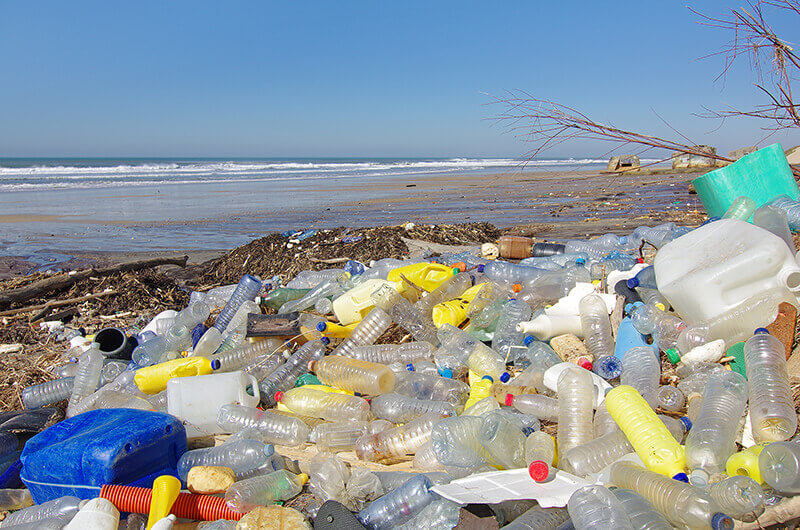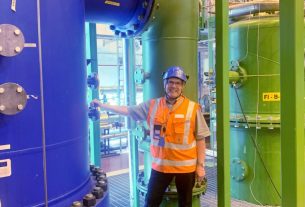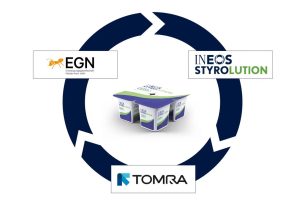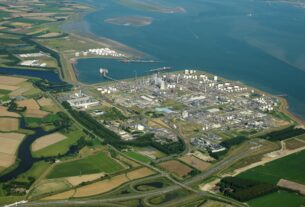United States – Hasler Ventures intends to commercialize a Purdue University-patented technology that could increase the volume of waste plastic recycling.
The process is known as Low-Pressure Hydrothermal Processing. It promises a cost-effective and environmentally friendly method of converting polyolefin plastic, the most common type of plastic, into gasoline, diesel fuel, and other high-value commodities. Linda Wang, the Maxine Spencer Nichols Professor in the Davidson School of Chemical Engineering, led the research.
More plastic waste than fish
According to the United Nations, more than 8 million tons of plastic are dumped into the oceans each year. Over the last 65 years, approximately 12% of all plastics produced (8.3 billion tons) have been burnt, whereas just 9% have been recycled. The remaining 79 percent was disposed of in landfills or the waters. If waste continues to be poured into bodies of water, the World Economic Forum projects that by 2050, the oceans will contain more plastic debris than fish.
Clean fuel from waste
Hydrothermal liquefaction and efficient separation are features of the freshly invented conversion method. Once turned into oil or naphtha, the plastic can be utilized as a feedstock for other chemicals or separated further into monomers, speciality solvents, or other products. Clean fuels created from polyolefin waste generated each year can provide 4% of annual demand for gasoline or diesel fuel. Some of Wang’s findings were published in the journals ACS Sustainable Chemistry and Engineering in 2019 and Fuel in 2020 and 2021. A video describing the procedure is available online.
Hasler Ventures is collaborating with American Resources Corp. to use its Indiana-based chromatography pilot plant, currently in development, to demonstrate the technology.




